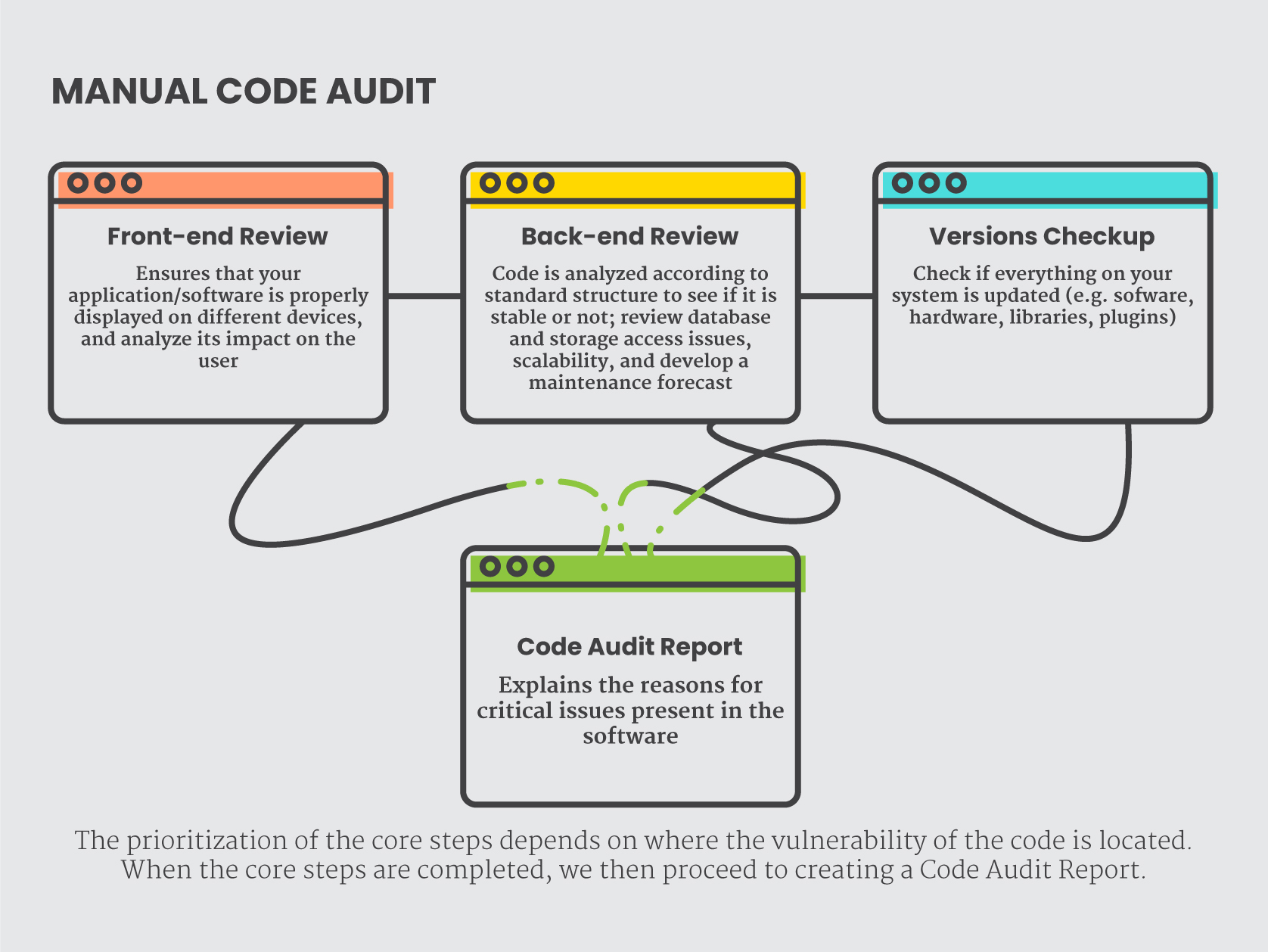Many clients new to Chromedia come to us with existing projects in various stages of completion and various degrees of quality. Sometimes the digital products are current and in good shape, but often they are not. Companies young or old may be running on a platform that is outdated or simply poorly written. But how do you know if your technology is ready for future growth? It might be a good time to perform an independent 3rd party Code Audit.
What is a Code Audit?
A Code Audit is a comprehensive analysis to confirm that a codebase is mature, secure, and is following high standards that ensure the software can run seamlessly for a set period of time. The intent of this process is to discover bugs, security breaches, outdated libraries, plugins, and objectively analyze the core codebase.
- Let’s you know if your software is up-to-date and highly functioning
- Gives you insights to potential security risks
- Prepares you to better maintain your codebase in the long run
- It allows you to discover inappropriate development practices and correct them
Why and When do you need a Code Audit?
When you are preparing for a merger or acquisition
You want to make sure that your buyer or partner will be confident that you have a good running code. This will help you present the product honestly with full awareness of the current state of your code and give you the right answers during the due diligence process. This aids in giving all parties involved a clear understanding of how much it will cost to further invest in maximizing the product’s potential.
When your product is failing
Maybe your platform performed well for years but has been throwing more and more errors lately? It’s possible that the code or one of the many libraries or plugins has reached it’s End-of-Life (EoL). If your end-users are reporting bugs or errors and your product is crashing and acting slow then it’s imperative for decision makers to pay attention and act on red flags. There are many reasons for a product to have problems but delaying a Code Audit will likely cost more money, time, and create a cascade of problems in the future.
When your product is old
All software, libraries, plug-ins, components, and frameworks run with a version number. Each iteration and software update has a higher version. Think how often your smartphone and Apps update. The creators support those older versions for only a defined amount of time. Once past the support dates, the software might still work fine for a while but it no longer has patches to protect against hackers and they might stop working with integrations.
When your product has suffered a security event
A security breach could be a sign of EoL software or maybe poorly architected systems. While a Code Audit isn’t the same thing as a Security Audit consisting of a Vulnerability Assessment or a Penetration Test, security issues can be due to a bad codebase and discovered during a well done Code Audit. This should be a top concern for any product owner.
When you are questioning your current development team
Manage your risk. It’s true that the software development industry is filled with a lot of companies that over promise and under deliver. Many of our clients are recuperating from a bad experience with previous developers. A Code Audit will give you peace of mind or send you a signal that change is necessary.
When you are getting ready to scale
Ready for that next big phase? It would be a good idea to review the base platform for vulnerabilities before the next push is built on top of it. Also, some products that work fine now might not work well after receiving that “Oprah Bump” in traffic. To ensure your product is ready for a larger market you should consider a Code Audit.
How to perform a Code Audit well
You can run your code through an automated audit tool online and get a report that frankly has little business value. That’s because the actual lines of code are only a part of the bigger picture. A thorough audit needs to be done manually checking not only the code but also the architecture, the hardware configurations, the user interface, the back up plan, and the security protocols. The goal of the Audit really should be a holistic approach to improve the product performance. To get there, your Code Audit must be done in a manual process.

Code Audit Output
The final output of a code audit should be a report that outlines the following:
- A report on the technical state of the architecture, condition of the codebase, database, account access, security, and scalability
- Security Update
- Calendar with End-of-Life dates for each software component
- List of recommendations to bring the software to a stable environment with a gameplan to update software to current stable versions
Code Audits are necessary during times of transition. If your business is going through a transition and you think a Code Audit makes sense for you, Chromedia is ready to help.






